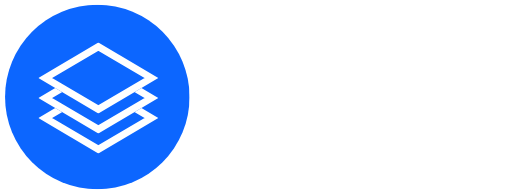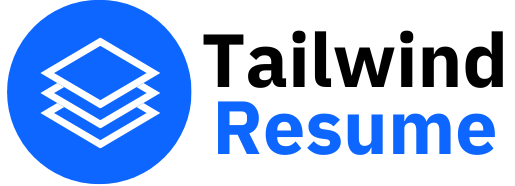Essential Resume Content Sections
In the previous section, we discussed styling. Now let’s focus on content - the heart of your resume. As mentioned in the overview, these two elements work together to create an effective presentation. To avoid having a resume that looks great but lacks substance, you need to identify and highlight the key achievements in your technical career. This principle applies not just to your resume, but also to interviews and your professional development. Let’s start by examining the essential sections that should be included in a technical resume.
Every effective technical resume is built around several core sections, each with its own best practices.
Basic Information
This section includes your personal information and contact details. These elements are typically standard:
- Job Title
- Profile Photo (optional)
- Name
- Location (your current city/region)
- Contact Information
- Phone
- Email (the specific email provider doesn’t matter - good recruiters and engineers don’t judge based on email domains)
- Birth Year/Month (optional, depending on your region’s practices)
- Additional information can be added based on specific requirements
Profile Photo
This is optional and practices vary by region. In many Western countries, profile photos are less common on resumes to avoid potential bias. However, if you choose to include one:
- Use a professional, front-facing headshot
- Avoid casual or social media-style photos
- Ensure high quality and appropriate sizing
For photo formatting, consider these specifications:
- Professional headshots typically use a 1:1 ratio
- Recommended size: 400x400px for web use
- Some templates, like our Modern Professional theme, use circular frames that will automatically crop your photo:
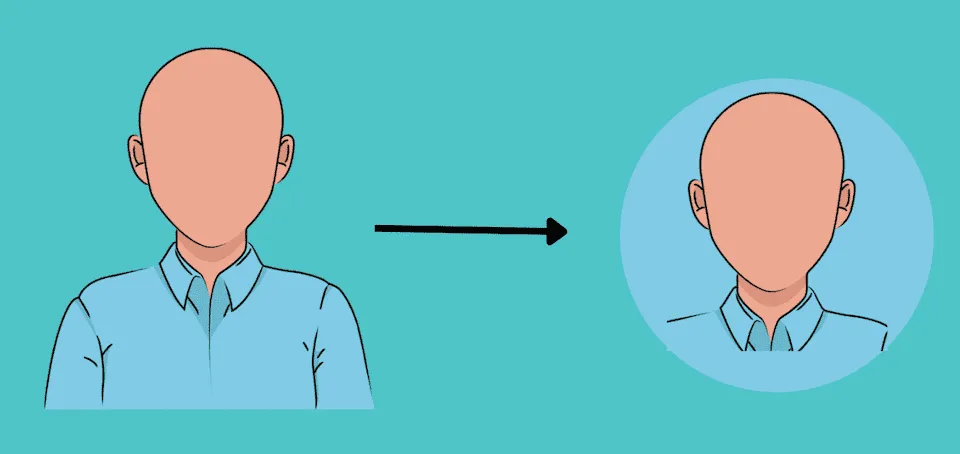
For such templates, using a square (1:1) photo will ensure perfect presentation. Other templates, like our Standard Template, display the full photo without cropping.
Professional Links
Many candidates overlook this section, but in today’s digital world, your online presence is a crucial part of your professional identity. I strongly recommend investing time in developing these elements. Quality professional links can significantly enhance your resume’s impact. While not every interviewer will check every link, these additions can definitely strengthen your application.
Personal Website - Developer Portfolio
A developer portfolio is a crucial tool for showcasing your work. Many resources exist on creating an effective portfolio site, such as Josh Comeau’s excellent guide How to Build an Effective Dev Portfolio, which he offers for free.
Let’s look at some outstanding examples of developer portfolios:
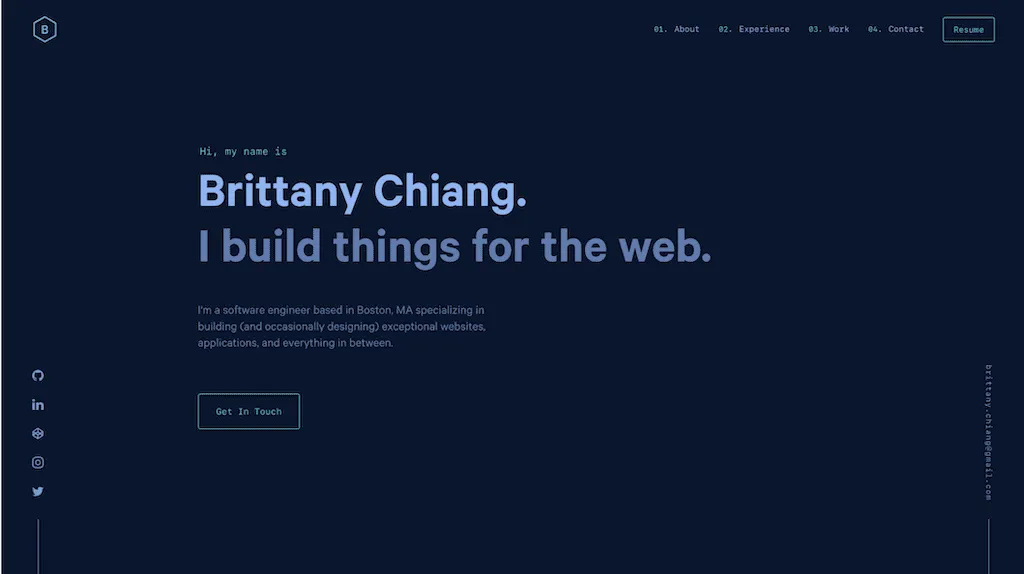
Brittany Chiang https://brittanychiang.com/
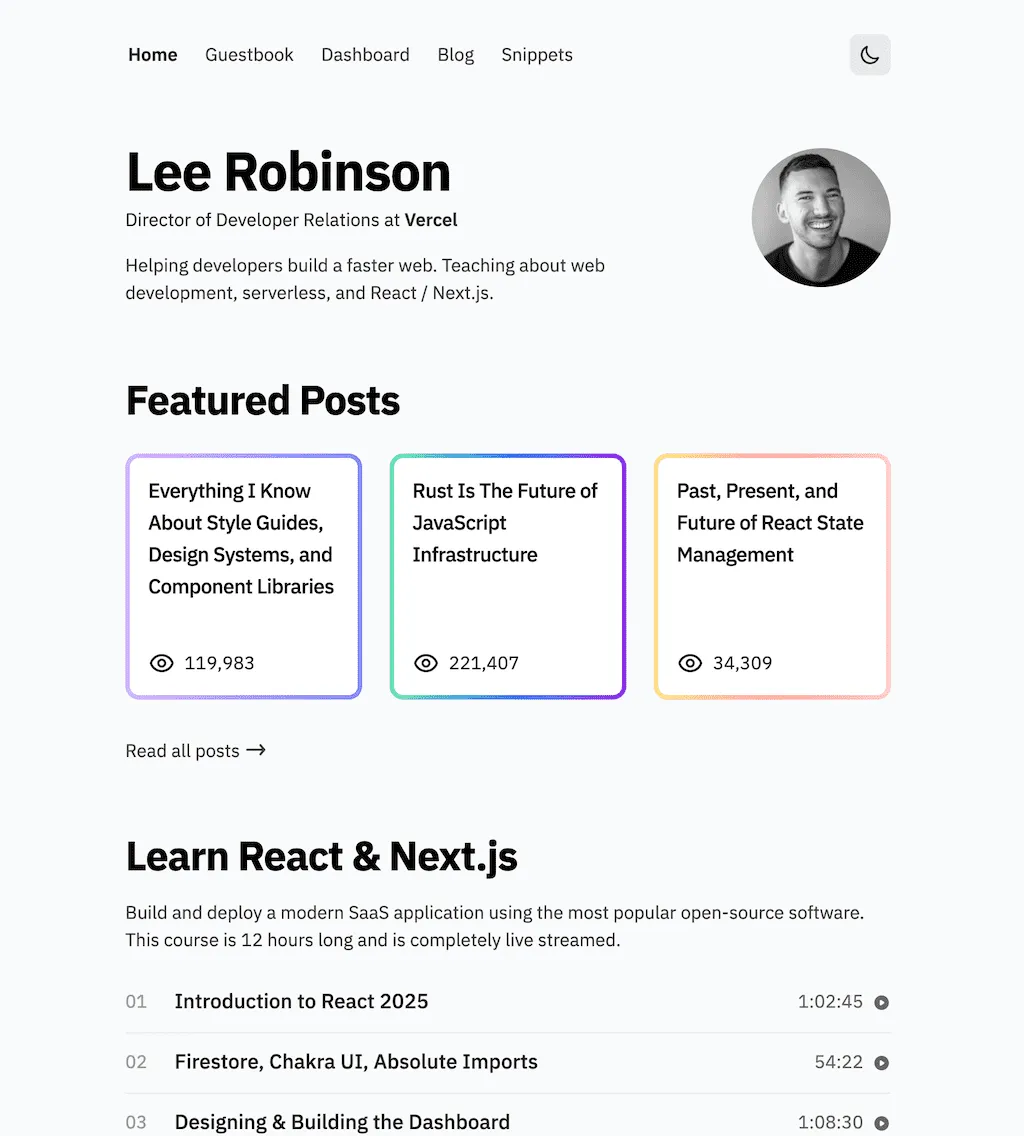
Lee Robinson https://leerob.io/
Lee Robinson’s site is particularly noteworthy as he’s turned it into a technical playground, sharing the entire architecture on GitHub: https://github.com/leerob/leerob.io
It’s not just a portfolio - it’s a demonstration of modern web technologies:
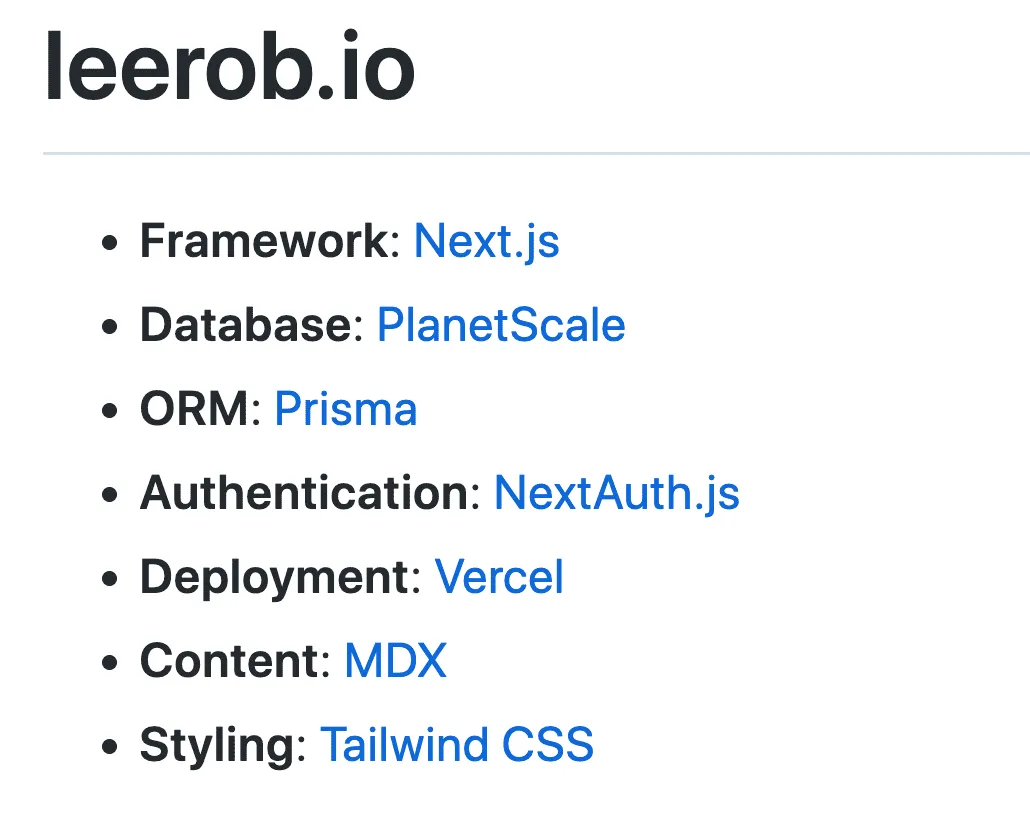
If you haven’t created a portfolio yet, here are some recommended tools:
Static Site Generators
- Jekyll (https://jekyllrb.com/) - Ruby-based, blog-focused
- Next.js (https://nextjs.org/) - React-based, highly customizable
- Gatsby (https://www.gatsbyjs.com/) - React-based, highly customizable
- Astro (https://astro.build/) - Modern static site generator with excellent performance
- Custom Build - Create your own using your preferred tech stack as a learning experience
Hosting Options
Several free hosting options are available:
- Vercel (https://www.vercel.com/)
- Netlify (https://www.netlify.com/)
- GitHub Pages (https://pages.github.com/)
GitHub Profile
For developers, your code is your most valuable asset. The common saying “Show me the code” remains relevant. Your GitHub profile (or other Git platforms like GitLab) is crucial. Create and maintain some open-source projects based on your interests and work experience. A few well-maintained projects can significantly enhance your resume’s impact. This isn’t about creating meaningless repositories - passion for programming is one of the best qualities in a developer.
GitHub now supports profile customization, offering another way to showcase your work:
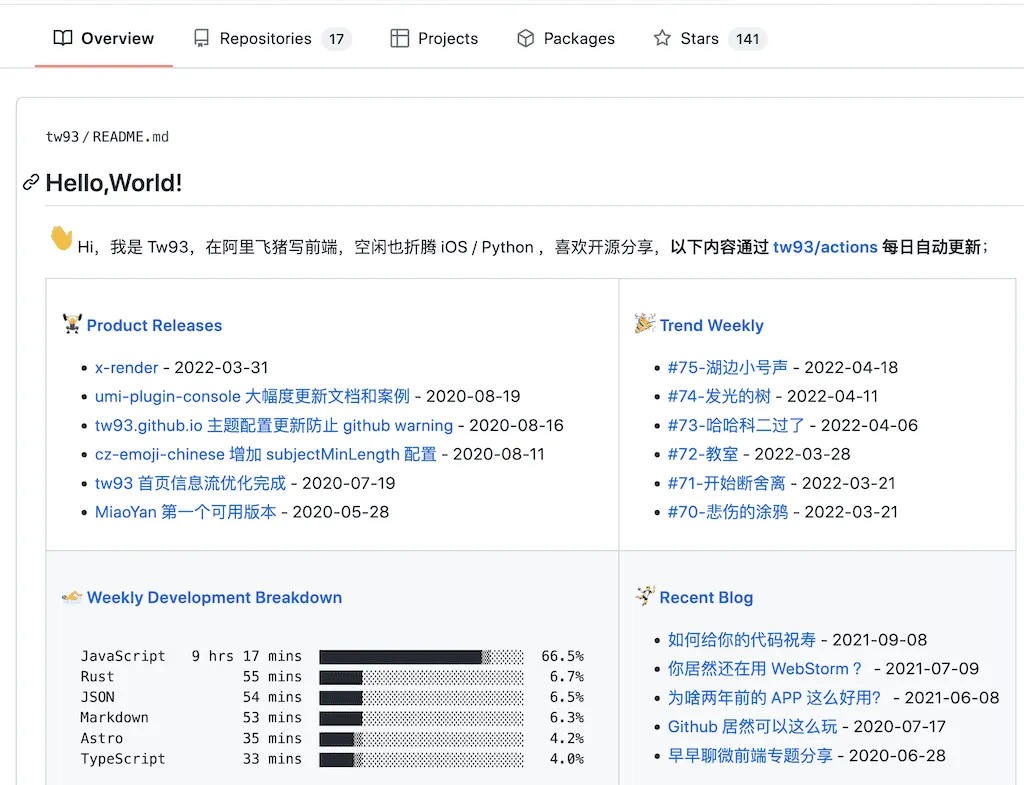
This is tw93’s GitHub Profile. Even a simple profile page can be enhanced with automated updates using GitHub Actions. As a resume reviewer, seeing such an engaging profile would definitely make a positive impression.
For entry-level positions or career transitions, focusing on these aspects can significantly strengthen your application. While they might seem like simple links, when properly developed, they can enhance both your technical skills and professional visibility.
LinkedIn Profile
For experienced developers, maintaining a LinkedIn profile is recommended. As the world’s largest professional network, LinkedIn can be valuable, especially when applying to international companies or roles. Many tech recruiters actively use LinkedIn for sourcing candidates.
This is a “nice to have” element. As a developer myself, I don’t place special emphasis on LinkedIn, considering its impact lower than the previous two sections.
In the next section, we’ll discuss the crucial elements of Work Experience and Education.
